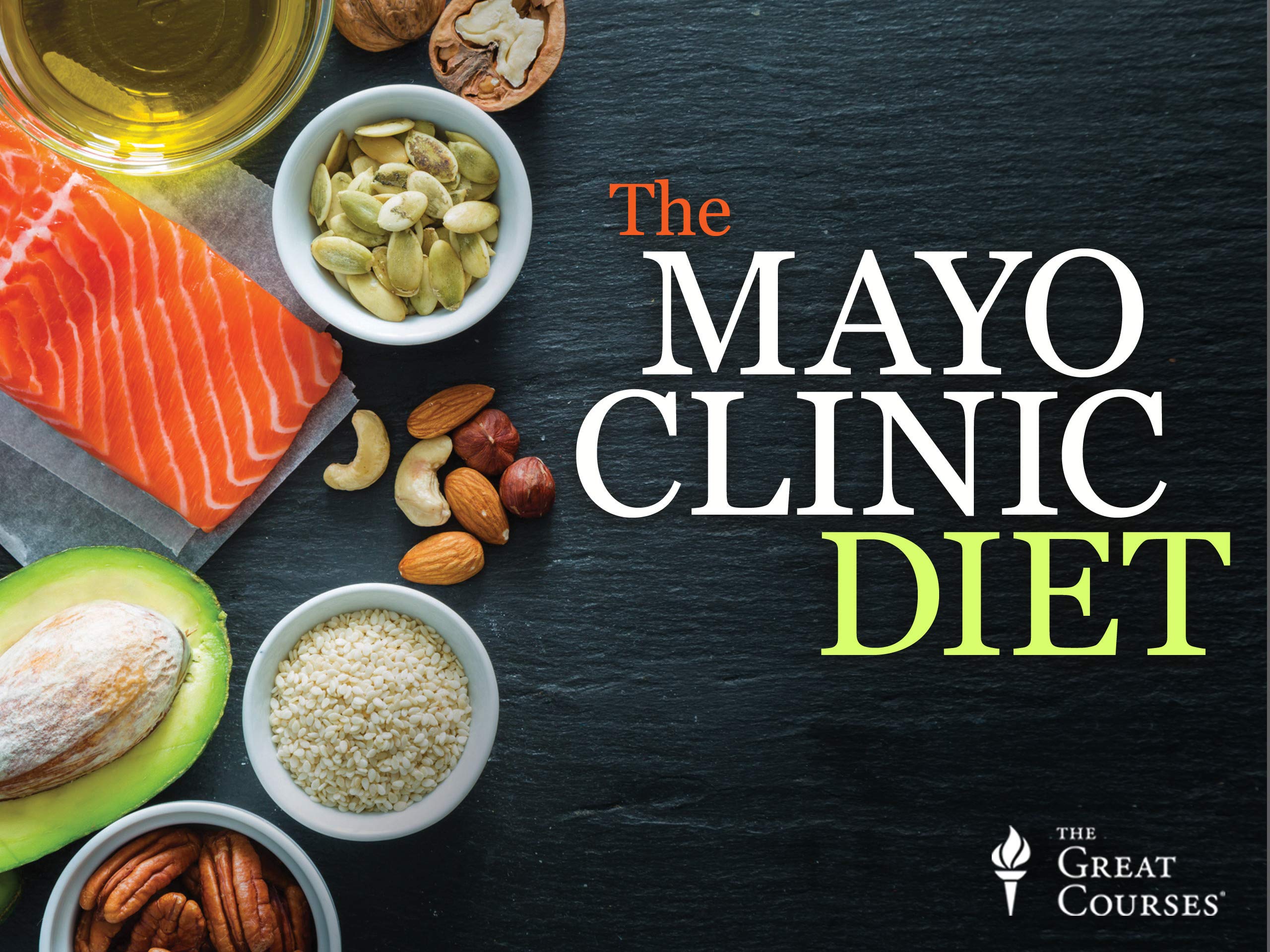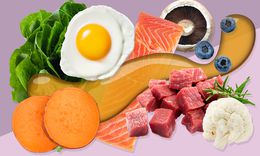
Paleo may be something you're considering. Here are some things that you should avoid in order to live healthier lives. Common additives include aspartame, calcium sorbate, monosodium glutamate (MSG), nitrates, potassium bromate, saccharin, artificial sweeteners, and GMOs.
Processed foods
Processed foods are not found in nature. These processed foods are usually manufactured in a laboratory, and they are often filled with artificial ingredients and/or preservatives. They also lack essential nutrients, fiber and protein. People who eat a paleo diet tend to avoid processed foods. What are some foods you should avoid? Read on to learn about a few foods that you should avoid when following a paleo diet.
Refined sugars
Paleo does not allow for refined sugars. These products are full of additives that are harmful to your health. You can consume refined sugars, but only in moderate amounts. Ezekiel bread is also available, which is made from grains, legumes and goat milk.
Phytic acid in grains

Phytic Acid is a chemical found in grains and other plants which interferes with the body's ability to absorb minerals. It can be especially harmful in countries with low iron and vitamin A levels. The Paleo diet does not prohibit phytic acid. There are several ways to reduce its effects. You can reduce its impact by sooking the grains and cooking legumes over a longer period of time. It is difficult to say whether there is a right or wrong answer.
Vegetable oils
Vegetable oils are a common addition to modern cooking, but are they healthy? These oils contain both omega-3 fatty acid and polyunsaturated fatty acids that are not healthy for Paleo. Even if the vegetable oils are organic, well-sourced, cold-pressed and healthy, they still have unhealthy polyunsaturated saturated fats that can cause harm to your health. Fortunately, there are ways to substitute these oils in your cooking without compromising your diet.
Fruits
Apples are a staple in the paleo diet. They are high in calories and very nutritious. An average-sized apple contains about 10 grams of sugar and more than 2 grams of fiber. Bananas as well as melons aren't considered true paleo foods. If you're really committed to sticking to your diet, it might be worth adding one of the following fruits to your list.
Organic fruits
If you are on a Paleo diet, you should buy only organic, non-GMO fruits and vegetables. Organic produce is less likely to contain trace chemicals and pesticides. You may also be able to choose items low in pesticide residue as part of the Environmental Working Group’s Clean 15 list. Each year, the Environmental Working Group publishes lists that list the "dirtiest" or "cleanest" foods.
Meat

The first step when trying to eat a Paleo diet is to create a grocery list. You'll be able to stick to your plan and won't get lost in the aisles at your local grocery store. A grocery list can help you identify paleo-friendly foods, as well as keep you on track. Here are some Paleo-friendly foods.
FAQ
What are some of the benefits of using slow cookers?
Slow cookers allow you to make delicious meals with minimal effort. Slow cooker recipes require less oil or fat than traditional recipes, making them healthier. Also, slow cooker recipes are easy to use because they do all the work while you sleep.
What should a novice cook do first?
An easy dish to start with is pasta, rice, or soup. A recipe book or a YouTube video can help you learn how to cook. It's much more fun to cook with someone you know. You can cook together as a family or with friends.
Do I require any special equipment?
To learn to cook, you don’t need to have any special equipment. The best tools will make cooking more enjoyable. A knife can be used instead of a fork when making pasta, or a whisk could be used to whip up stiff egg whites. You can make cooking more enjoyable and easier by having the right tools.
What is the best way to learn to cook?
Cooking can be something everyone should master. Cooking is a skill that will allow you to enjoy delicious food. To learn how to cook, you must first find a recipe you like and then follow it carefully. Next, practice making small tweaks to the recipe until the dish is your own. Next, you can cook for others. This will help you improve at cooking and also allow you to test your skills.
Statistics
- The median pay for a chef or head cook is $53,380 per year or $25.66/hour, according to the U.S. Bureau of Labor Statistics (BLS). (learnhowtobecome.org)
- On average, chefs earn $58,740 a year, according to the BLS. - learnhowtobecome.org
- According to the BLS, chefs earn $58,740 a year. (learnhowtobecome.org)
External Links
How To
How to make an omelet that is perfect
Omelets are a favorite breakfast food of mine. But how do you create them perfectly? I've tried many different methods and recipes, but none of them seem to work! So I wanted to share some tips and tricks so that you can make delicious, fluffy omelets every morn.
Before we start making omelets, let's remember that eggs are temperamental. You must get them fresh, organically, and keep them cold until you cook. They must be kept cool, otherwise the whites will not form properly and the yolks may become runny. This makes your omelets look weirdly colored. If you intend to cook your eggs immediately, it's best to use room-temperature egg.
Another tip is to separate the egg before adding it to the pan. You don't want any white to get mixed up with the yolk because this could cause the omelet to curdle.
The bottom part of an egg that is added directly to the stovetop might be burned, which could cause a ruined texture in your omelet. Instead, heat the egg for 10 seconds in the microwave before placing it in the pan. The microwave heat cooks the eggs just right without overcooking them.
Next, let's discuss mixing the eggs. Mix eggs well together. To do this, grab the bowl of the mixer and turn it upside down. Next, shake the bowl vigorously. This allows the air to be whipped and the egg to be mixed thoroughly.
Now comes the fun part: adding the milk to your mixture. Mix half of the milk with the eggs. Then fold the eggs in half into the remaining milk. Don't worry if there are still streaks of egg visible; these streaks will disappear once you flip the omelet.
After folding the eggs fold the pan onto medium heat. When the oil starts to hot, wait for the pan to cook. Once the oil starts getting hot, add 1/4 cup of butter to the pan and swirl it around to coat the entire surface of the pan. Carefully open the pan's lid and add salt to the pan. A pinch of salt will prevent your omelet from sticking in the pan.
Cover the pan once you have formed the omelet. Wait for the top to set. Flip the omelet over using a spatula or flip the pan upside down. Cook the other side for another minute or two. Remove the omelet from the pan and serve immediately.
This recipe works best with whole milk, but skimmed milk also works.